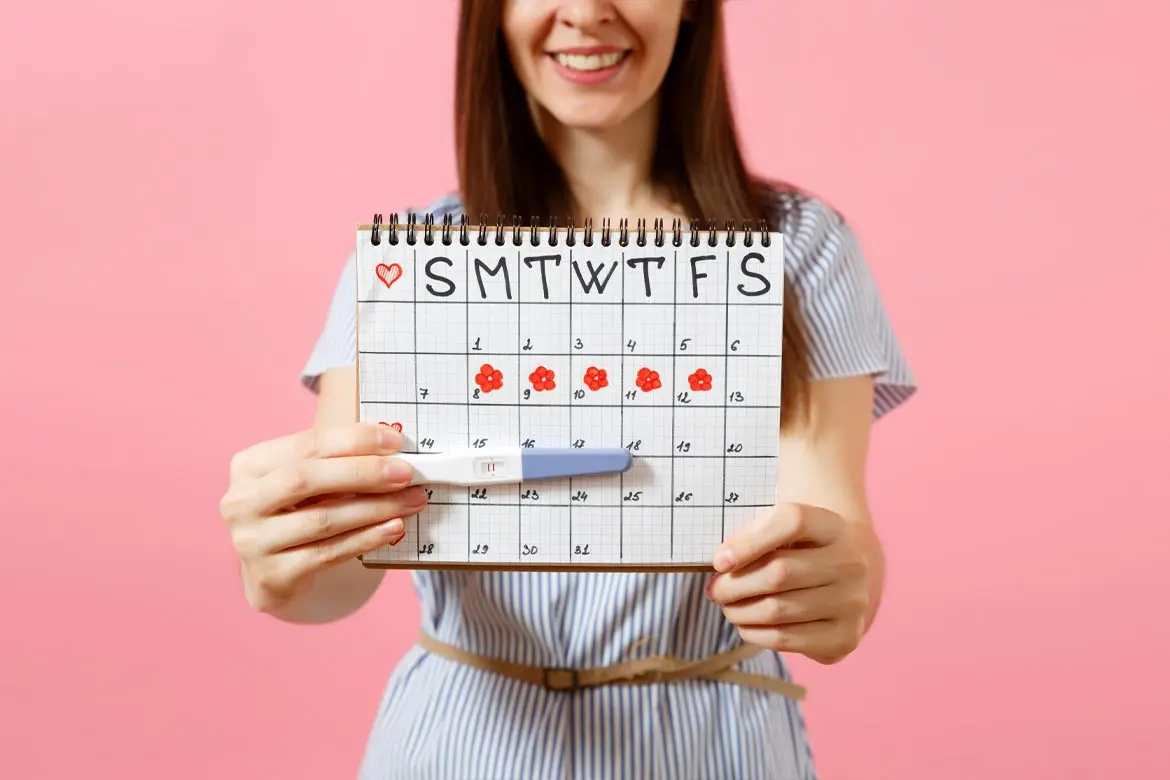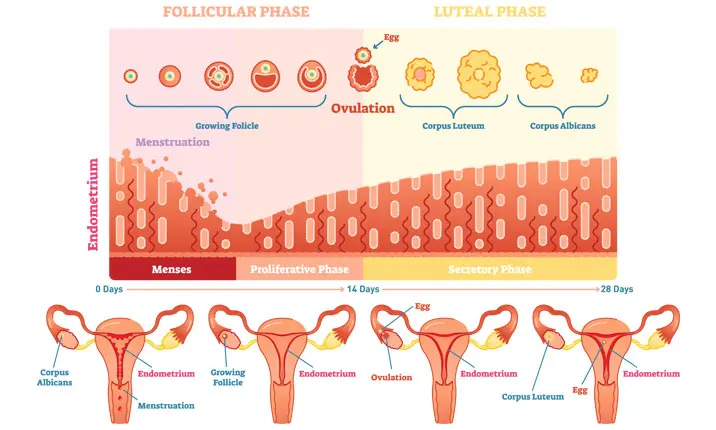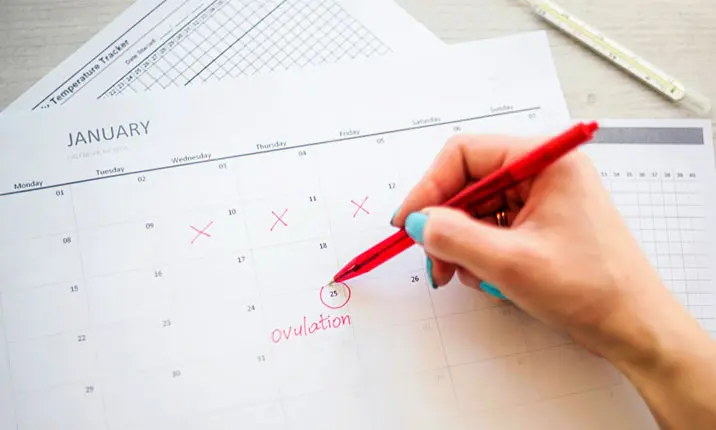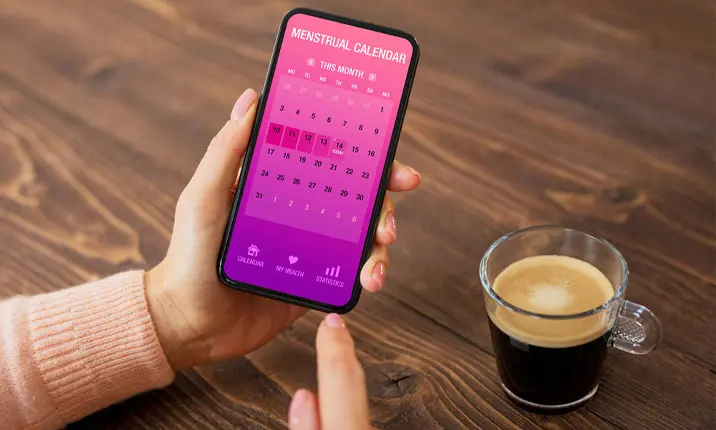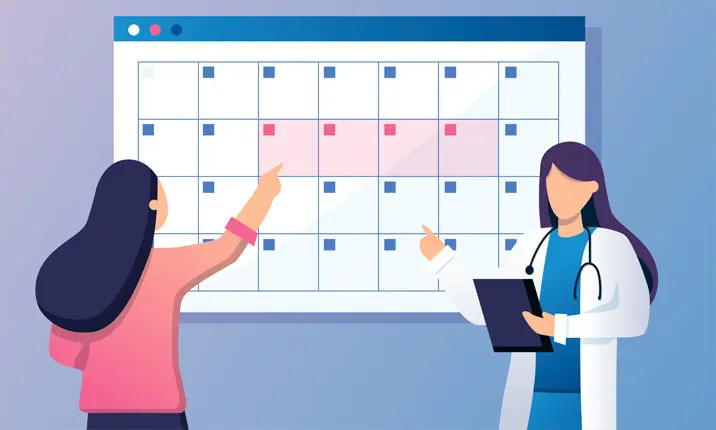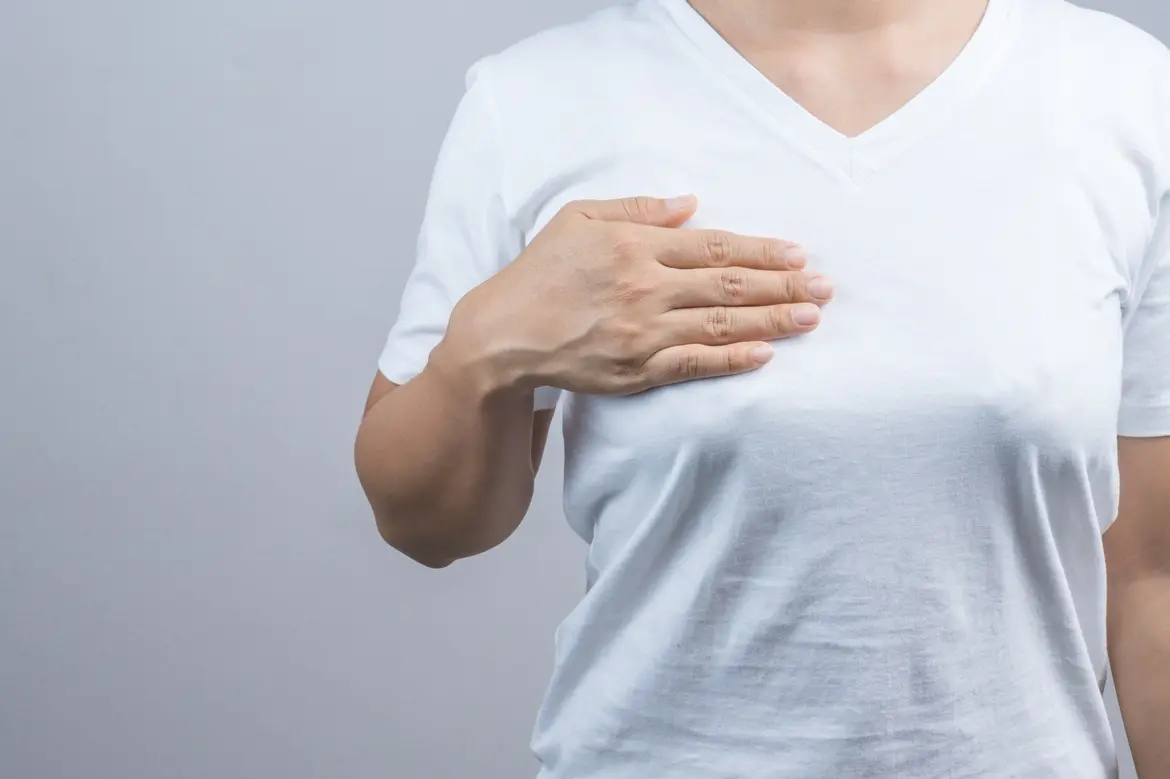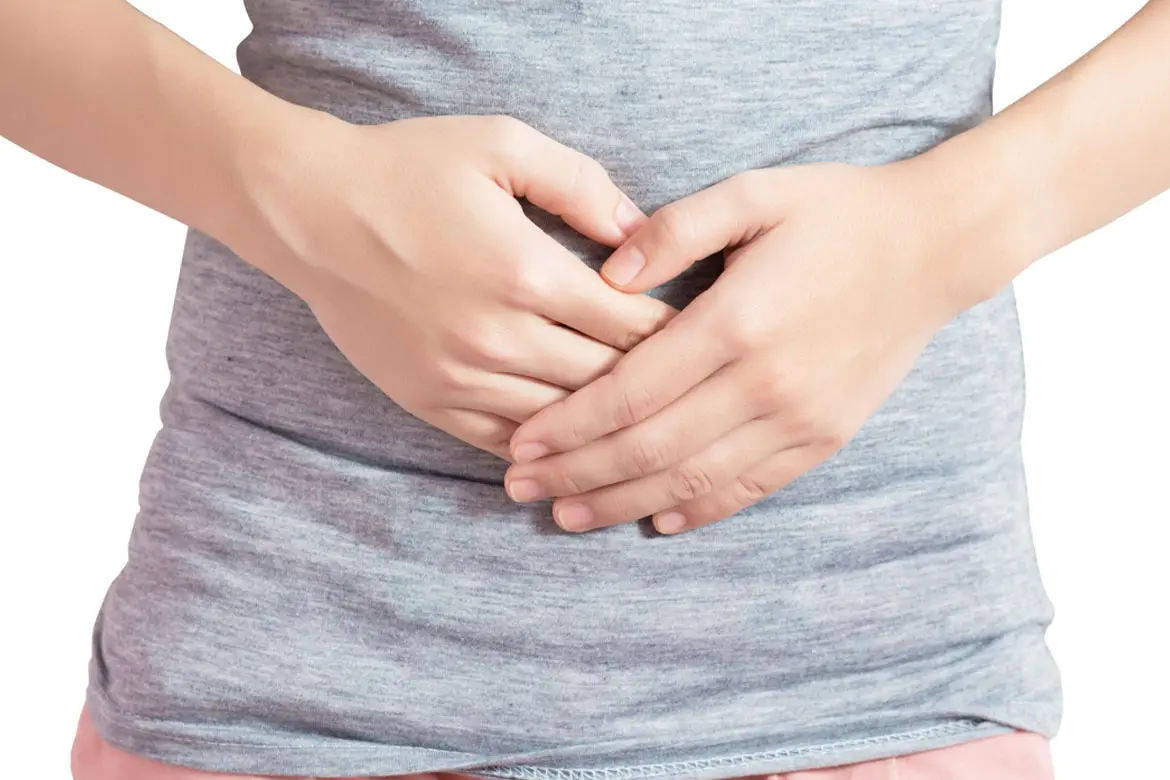Being able to bring new life into this world is one of the most wonderful experiences a couple can share together. However, in the process of trying to conceive, it's important to remember that getting pregnant can take time.
This is where understanding your menstrual cycle and keeping track of when you’re the most fertile can improve the chances of getting pregnant.
In this article, we discuss signs of ovulation and the different ways to find out when you're ovulating.
Understanding ovulation and conception
When you're trying to get pregnant, timing is everything. Keeping track of your menstrual cycle can help you identify the right time to start the process.
A menstrual cycle starts on the day when a period starts and ends the day before the next period. The length of a menstrual cycle length is usually between 21 and 35 days. However, the length of one’s menstrual cycle can vary between women, and even from one menstrual cycle to the next.
A woman’s chances of getting pregnant are highest at the time of ovulation. Ovulation happens when an egg from either one of a woman’s 2 ovaries is released. It typically occurs 12 – 14 days before the start of her next period.
Once released from the ovaries, the egg gets picked up at the fallopian tube, where it will stay for around 24 hours. Pregnancy happens when a man’s sperm fertilises the egg during this time and the fertilised egg, now called an embryo, moves through the fallopian tube and successfully implants in the uterus.
When is the best time to conceive?
During the average woman's menstrual cycle there are 6 days when intercourse can result in pregnancy. This is known as the “fertile window” and it refers to the 5 days before ovulation and the day of ovulation itself. In order to be aware of the fertility window, it is important for a woman to be able to predict the next ovulation date in the course of her menstrual cycles.
Charting the monthly cycle and taking note of the signs of ovulation can be used to track down the exact day of ovulation each month.
How do you know you're ovulating?
Identifying the signs of ovulation can help determine the exact day of ovulation. Some of the typical signs of ovulation include mild abdominal cramping, wetter, slippery vaginal discharge, a slight rise in basal body temperature and an increased sex drive.
It may be helpful to follow the signs over a few months to get an idea of what is normal for your body. However, keep in mind that there are several variables, and ovulation timings may vary from month to month.
Ways to track ovulation
Ovulation can be tracked with an ovulation calculator, an ovulation predictor kit or through mobile applications that can track one’s menstrual period. Monitoring the changes in vaginal mucus can also be helpful. It is best to use a combination of these methods to get accurate results.
Using an ovulation calculator – Menstrual cycles vary between women and may change from month to month. An ovulation calculator can be used to check for ovulation day and determine the days a woman is most likely to get pregnant.
These calculators work by taking the first day of a woman’s last period and the length of her menstrual cycle to give a range of days when she ovulates or releases an egg.
Note changes in vaginal mucus – A few days prior to ovulation, wet and slippery vaginal mucus may be noticed. This is a sign that ovulation is about to begin. It is also the best time to have intercourse, as this kind of mucus helps the sperm to travel more easily.
Use an ovulation predictor kit – Another option to track ovulation is to use an ovulation predictor kit or fertility monitor.
These kits measure the levels of specific hormones in the urine to detect the ovulation day each month. Some devices also identify the fertility window.
Period-tracking apps – Period trackers can provide insights into the monthly ovulation cycle and indicate when a woman is likely to be most fertile. There are several mobile apps that can help track and analyse her menstrual cycle, and she can choose the one that works best for you. Though useful, users should be mindful of their personal data privacy when using such apps.
Ultrasound scan – Before ovulation happens, a follicle on one of the ovaries will grow larger, usually releasing the egg some time after the follicle has reached an 18mm diameter. A fertility specialist can perform ultrasound scans to measure the diameter of the leading follicle.
How to maximise fertility and chances of conception?
To maximise the chances of getting pregnant, try to time having sexual intercourse during the fertile window. It's also essential to have regular sexual intercourse – pregnancy rates are highest among partners who have intercourse every 2 – 3 days throughout the month.
Avoid smoking and alcohol, and limit caffeine consumption. There is no safe amount of alcohol consumption in pregnancy, therefore it is safest to stop drinking when trying to conceive. In men, tobacco use and alcohol consumption can affect sperm quality and thus reduce fertility.
Maintaining a healthy weight is also important. Being overweight or underweight can negatively affect ovulation.
When to see a doctor
The failure to conceive, especially if you've been trying for some time can be disappointing. But you should know that there are several ways to tackle this problem.
Possible reasons for not conceiving include ovulation irregularities, structural problems in the reproductive system, low sperm count or an underlying medical problem.
In general, women are advised to consult a fertility specialist if you’ve been trying to conceive for 1 year. For those aged 35 years or older, or have any medical conditions, they should see a fertility specialist after 6 months of trying. A fertility specialist can assess one’s condition, detect any possible medical conditions affecting the ability to get pregnant and may be able to identify ways to improve the probability of conception.
